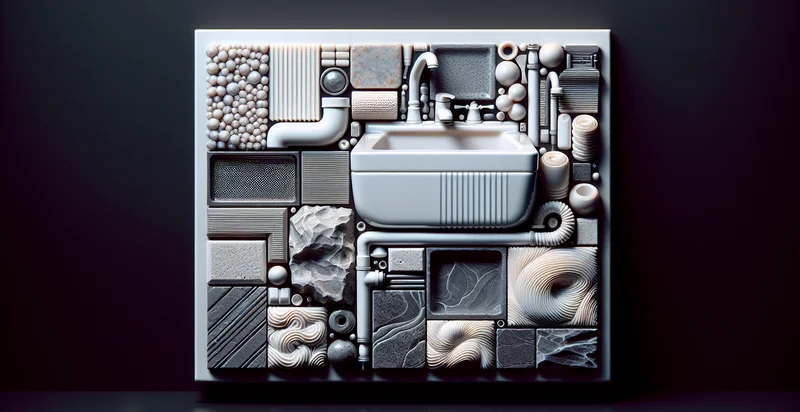Identify what material a sink is made from
using AI
Below is a free classifier to identify what material a sink is made from. Just upload your image, and our AI will predict what material a sink is made from - in just seconds.

Contact us for API access
Or, use Nyckel to build highly-accurate custom classifiers in just minutes. No PhD required.
Get started
import nyckel
credentials = nyckel.Credentials("YOUR_CLIENT_ID", "YOUR_CLIENT_SECRET")
nyckel.invoke("what-material-a-sink-is-made-from", "your_image_url", credentials)
fetch('https://www.nyckel.com/v1/functions/what-material-a-sink-is-made-from/invoke', {
method: 'POST',
headers: {
'Authorization': 'Bearer ' + 'YOUR_BEARER_TOKEN',
'Content-Type': 'application/json',
},
body: JSON.stringify(
{"data": "your_image_url"}
)
})
.then(response => response.json())
.then(data => console.log(data));
curl -X POST \
-H "Content-Type: application/json" \
-H "Authorization: Bearer YOUR_BEARER_TOKEN" \
-d '{"data": "your_image_url"}' \
https://www.nyckel.com/v1/functions/what-material-a-sink-is-made-from/invoke
How this classifier works
To start, upload your image. Our AI tool will then predict what material a sink is made from.
This pretrained image model uses a Nyckel-created dataset and has 16 labels, including Acrylic, Aluminum, Bronze, Cast Iron, Ceramic, Composite, Concrete, Copper, Glass and Granite.
We'll also show a confidence score (the higher the number, the more confident the AI model is around what material a sink is made from).
Whether you're just curious or building what material a sink is made from detection into your application, we hope our classifier proves helpful.
Related Classifiers
Need to identify what material a sink is made from at scale?
Get API or Zapier access to this classifier for free. It's perfect for:
- Material Quality Assessment: This function can be utilized by manufacturers and suppliers to assess the material quality of sinks before production. By identifying whether a sink is made from stainless steel, porcelain, or another material, businesses can ensure their products meet quality standards and specifications.
- Inventory Management: Retail stores can implement this function to streamline their inventory management by categorizing sinks based on material. This classification helps in quickly identifying stock levels of different materials, improving restocking efficiency and inventory turnover.
- Customer Support Enhancement: Home improvement and plumbing companies can leverage this identification function to assist customers in finding compatible materials for their plumbing systems. Providing accurate information on the material composition helps in recommending suitable cleaning products and maintenance techniques.
- Market Analysis: Market researchers can use this function to analyze trends in sink material preferences among consumers. Understanding which materials are more popular can inform marketing strategies and product development, leading to more targeted offerings.
- Sustainability Assessments: Companies focused on sustainability can employ this classification function to evaluate the environmental impact of different sink materials. By understanding material origins and their ecological implications, businesses can make informed decisions about promoting eco-friendly products.
- Warranty Validation: Manufacturers can use this function to validate product warranties based on material composition. Ensuring that customers have the correct information about their sinks’ materials can help in processing claims more efficiently and maintaining customer trust.
- DIY Project Planning: Home renovation enthusiasts can use this identifier to assist in planning and budgeting DIY projects. Knowing the exact material of their existing sink allows them to make informed decisions regarding compatibility and expected costs for upgrades or replacements.


